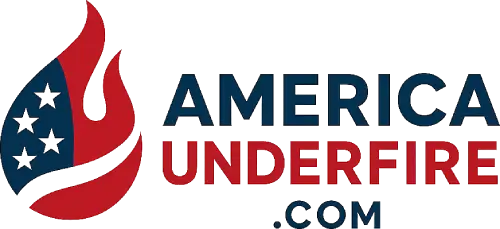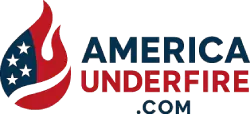NFL Sets Sights on Supersonic Travel for European Expansion
The National Football League (NFL) is exploring the revolutionary potential of supersonic flight to tackle challenges associated with expanding its reach into Europe. As the league embarks on its quest for international growth, supersonic jets may be a crucial element in making this dream a reality.
The Push for European Expansion
NFL executives have been closely observing advancements made by aerospace innovators like Boom Supersonic, which is working on restoring commercial supersonic travel. According to reports from the Wall Street Journal, while the idea of establishing an NFL team or division in Europe isn’t at the forefront, the concept of rapid transatlantic travel is capturing the league’s interest.
Current International Efforts
The NFL has already made strides in the European market, scheduling annual games in various cities:
- London
- Dublin
- Berlin
- Madrid
These games reflect the NFL’s commitment to establishing a vibrant fan base overseas, but expanding to a full-fledged team in Europe brings its own set of logistical challenges.
Overcoming Logistical Hurdles
One of the major obstacles for the NFL’s European expansion remains travel time. Many teams travel in large groups—approximately 200 people—which complicates logistics. The new Overture jet by Boom Supersonic is designed to carry 60 to 80 passengers, posing a dilemma for team travel.
The Potential of Supersonic Technology
Supersonic travel was a reality from 1976 to 2003 with the Concorde, allowing swift transport across the Atlantic. Unfortunately, after the tragic 2000 crash and rising operational costs, it was retired. Now, Boom Supersonic aims to revive this concept, with plans for its Overture jet to potentially be operational by 2029.
“The only reason they aren’t already is the speed of travel,” stated Blake Scholl, CEO of Boom Supersonic, in an interview with the Wall Street Journal.
Future of NFL and Supersonic Travel
With advancements in supersonic jet technology, the NFL is optimistic about overcoming travel barriers. This could make a lasting impact on how the league operates internationally.
Key Challenges Ahead
However, there are still hurdles that the NFL must navigate:
- Capacity Issues: The Overture’s limited seating poses challenges for traveling teams and staff.
- Regulatory Hurdles: FAA and other international regulatory bodies will need to adapt to accommodate supersonic travel.
In conclusion, as the NFL sets its sights on expanding into Europe, the exploration of supersonic travel could be instrumental in overcoming the logistics of international play. With continued advancements in aerospace, the dream of global NFL teams may be closer than we think.
For more information about the future of supersonic travel, check out interested resources on Boom Supersonic.
Conclusion
The intersection of sports and aerospace technology could pave the way for an exciting future in the NFL. As new jets take to the skies, the prospect of watching your favorite teams compete globally may soon become a thrilling reality.


